Surrealist painter Salvador Dalí is perhaps one of Spain’s most famous and loved 20th-century artists. He is known for his quirky images of melting clocks, elephants with long spindly legs and the portraits of his wife, Gala.
Dalí was born in the town of Figueres in 1904, which is located in northern Catalonia, approximately 50km north of the city of Girona. This is the best place to begin your Dalí tour of the region.
Figueres Day 1
Arriving in Figueres your first stop should be the Salvador Dalí Theatre-Museum, this is where some of the artist’s most important works are held. The museum was in fact created by Dalí himself when he was still alive and was inaugurated in 1974. It’s housed in an old theatre, hence the name. Everything in it was designed by Dalí to offer visitors a real experience and draw them into his world.
It’s eye-catching even from the outside – pink in colour and studded with yellow plaster croissants, and on the walls sit golden statues and his iconic large white eggs – a symbol which you’ll see repeated on your journey.
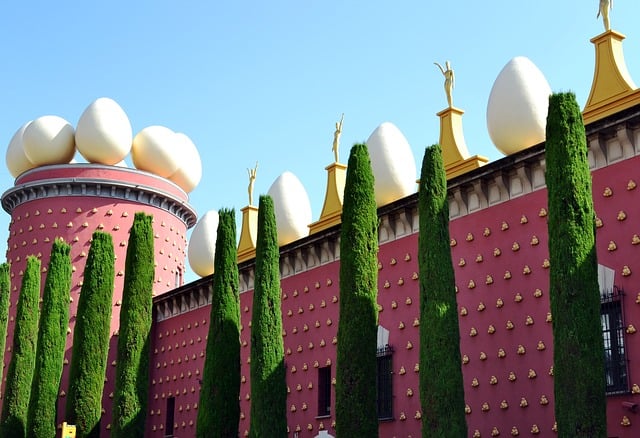
The museum is filled with 1,500 pieces including his sketches, paintings and sculptures. It also houses the remains of Dalí himself, down in the crypt, where you can pay your respects to the artist.
Next door to the museum is a permanent exhibition dedicated to the exquisite jewellery Dalí designed, which shouldn’t be missed.
Afterward, you can go and see the house where Dalí was born at number 6 on Carrer Monturiol. It’s not currently an attraction, however there are renovation works underway to turn it into a new museum about the artist’s childhood. It was due to open in 2020, but there were significant delays because of the pandemic and it is still nowhere near finished.
Spend the night at the Hotel Duran, where Salvador Dalí and his wife Gala in fact lived while they were renovating the theatre. The hotel restaurant even has a special Dalí room, filled with images of Dalí and all his friends, as well as objects belonging to the artist.
Cadaqués Days 2 and 3
After a winding and hairpin turn journey west, you’ll find yourself at one of the eastern-most points in Spain – the town of Cadaqués. One of the most attractive towns on the Costa Brava, its white-washed buildings gleam against the cerulean blue bay and pink bougainvillea decorates its tiny interior cobbled streets.
In summer in particular, this place gets very busy, so make sure you’ve booked well in advance for your accommodation.
Dalí loved this area in summer too and built his summer house in the tiny neighbouring village of Portlligat. The house is now a museum, but as it’s quite small, booking tickets several weeks or even months ahead of time is essential.
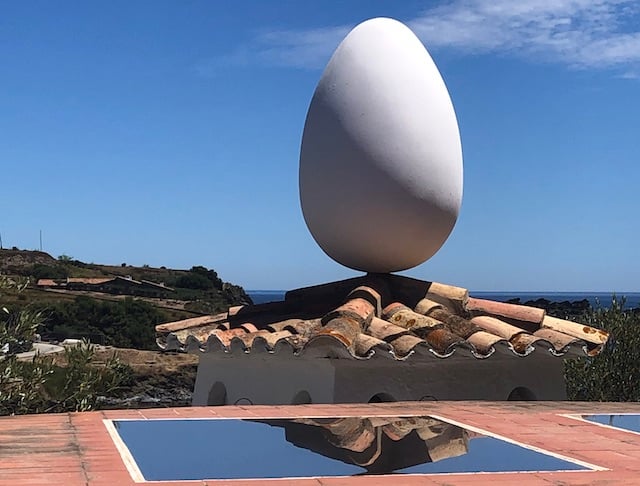
Dalí designed the house himself, which was created from several fisherman’s cottages joined together and is topped with his iconic white eggs.
Inside, you’ll see the artist’s studio, where many of his most famous works were created, including two unfinished pieces which still sit on the easels. You can also see Dalí and Gala’s bedroom where they kept canaries to wake them up in the morning and crickets to send them off to sleep at night. There’s also an angled mirror ready to catch the sun, ensuring that Dalí was one of the first people in the whole of Spain to see the sunrise each morning.
The highlight of the visit however is the vast garden, which even features a replica of the lion fountain in Granada’s Alhambra palace as well as his famous sofa in the shape of a pair of pink lips. The views from the top part of his garden above the olive grove are so stunning that it’s no wonder Dalí was inspired by the landscapes here.
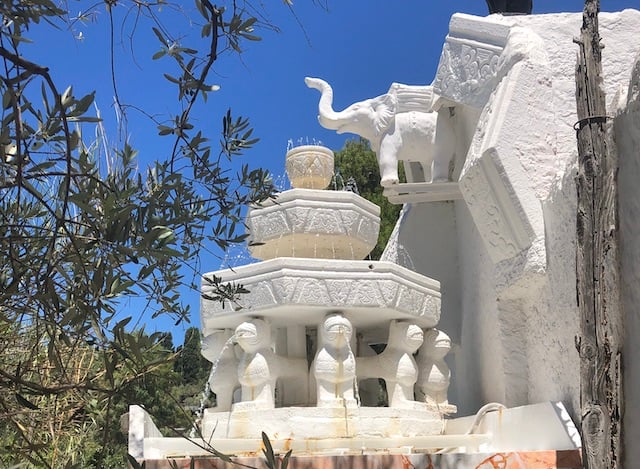
On your second day in Cadaqués, head north to Paratge de Tudela located in the Cap de Creus Natural Park. You’ll need a car or taxi to get here. Here, you can hike among the very same landscape that Dalí painted in some of his most celebrated works. Look carefully or take a tour to see the same rock formations featured in his paintings.
For dinner, book a table at El Barroco, a traditional Lebanese restaurant and one of Dalí’s favourites when he lived there. He ate there at least twice a week in summer and it’s said that whenever he had famous guests he would meet them there instead of inviting them into his home. Dalí’s face adorns the door and inside it’s just as surreal with colourful plants, quirky statues and mirrors hanging in the courtyard. And inside it’s like a museum itself, filled with glass cases of bizarre objects and old musical instruments. There are even some photos of Dalí and Gala.
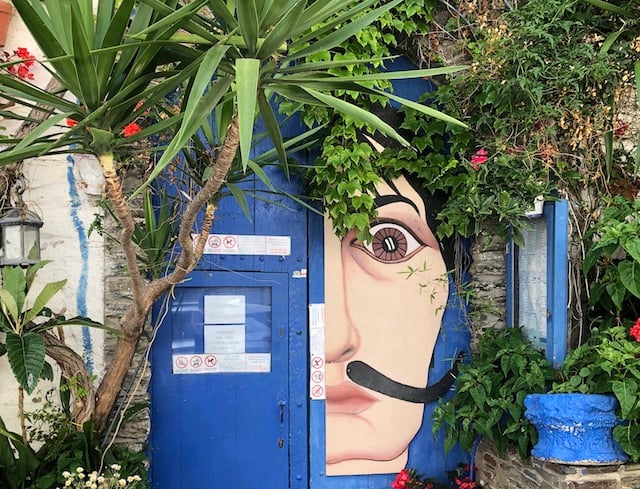
Day 4
Make your way 60km south of Cadaques to the tiny charming villages of inland Costa Brava and specifically the village of Púbol. It’s here that Dalí bought an old castle in 1969 and renovated it from 1982 to 1984 for his wife Gala to live in.
Although the castle dates back to the 12th century, Dalí modernised it and added his creative and whimsical touches. It was a kind of love letter to his wife.
Dalí said of the castle: “Everything celebrates the cult of Gala, even the round room, with its perfect echo that crowns the building as a whole and which is like a dome of this Galactic cathedral… I needed to offer Gala a case more solemnly worthy of our love. That is why I gave her a mansion built on the remains of a 12th-century castle: the old castle of Púbol in La Bisbal, where she would reign like an absolute sovereign, right up to the point that I could visit her only by hand-written invitation from her. I limited myself to the pleasure of decorating her ceilings so that when she raised her eyes, she would always find me in her sky”.

When Gala died in 1982, the castle became her mausoleum and she is still buried there today.
The castle is now a museum where you can tour each of the grand rooms, serene gardens, as well as spot Dalí’s whacky touches. Gala for example asked Dalí to cover up the radiators because she didn’t like to look at them, so as a joke, Dalí covered them with paintings of yet more radiators.
Day four completes your Dalí trail around the Costa Brava. Go ahead and immerse yourself in the whimsical world of Dalí.


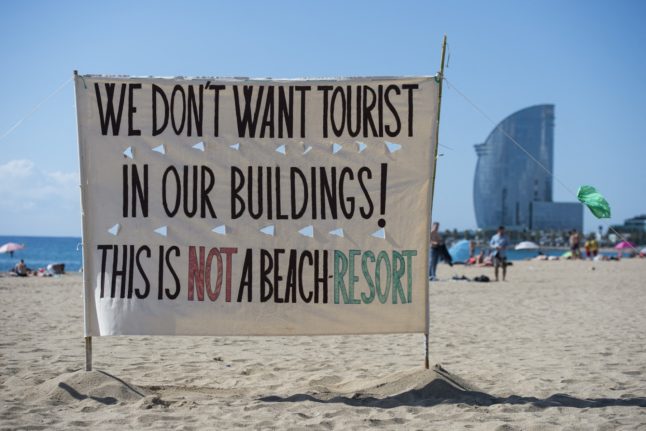
 Please whitelist us to continue reading.
Please whitelist us to continue reading.
Member comments